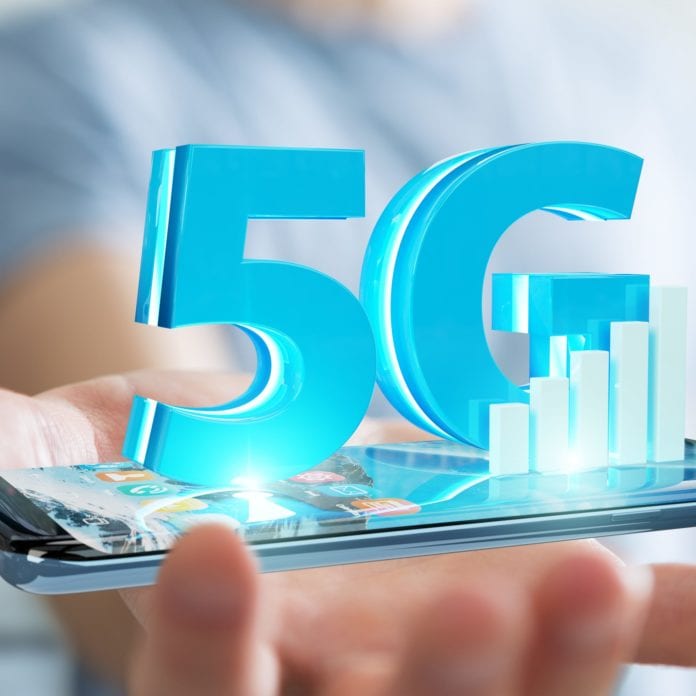5G may be a single technology, but the spectrum that each mobile network operator uses to deploy its 5G makes a significant difference in the performance and user experience under the umbrella of “5G”. It’s hard to make an apples-to-apples comparison of 5G networks when the apples – er, airwaves each carrier is using – are so different.
“In a word, 5G can be complicated. There is no one-size-fits-all 5G solution and the end-user 5G experience can vary a great deal depending on what type of spectrum the carriers use for deployments,” said RootMetrics in a report on 5G testing across carrier networks from March of this year.
RootMetrics examined factors including 5G availability (how often devices connected to 5G networks) to speed and latency analysis. Unsurprisingly, the benchmarking company found that while carriers with low- and midband 5G deployments had greater 5G availability, it was mmWave that provided the fastest speeds.
The fastest 5G max download speed that RootMetrics recorded on AT&T and T-Mobile US’ low-band 5G networks was AT&T’s 175.2 Mbps in Indianapolis, Indiana. Compare that to a max download speed of 845.7 Mbps recorded on Verizon’s network in Washington, D.C. Mid-band spectrum fell somewhere between the two, with a max download speed on then-Sprint’s 2.5 GHz 5G network of 249.4 Mbps in Chicago. (Note: Verizon has since begun implementing 8-component carrier aggregation of mmWave frequencies and promising speeds up to 4+ Gbps in markets where it has that capability deployed.)
Still, speed isn’t the only metric by which 5G networks will be judged by their users. RootMetrics laid out some of the general pros and cons of each spectrum.
“Low-band spectrum can still offer fast speeds, and it can reach rural areas and other underserved communities well. It can also provide 5G internet for both cellular and home broadband where fiber installations are generally cost-prohibitive. With deeper penetration indoors, low-band spectrum can provide 5G in parking garages and other places where connectivity can be a challenge.”
Frequencies such as the PCS or AWS bands used to be come in for a bit of black-sheep treatment because they didn’t penetrate buildings as well as sub-1 GHz frequencies. But now, mid-band airwaves like T-Mobile US’ 2.5 GHz (and the C-Band spectrum at 3.7-4.2 GHz set to be auctioned later this year) are prized as “goldilocks spectrum” offering the right mix of coverage and capacity. RootMetrics generally described it as being able to provide “stable, consistent connectivity and fast speeds (though not as fast as mmWave) in even heavily congested areas.”
mmWave, meanwhile, “creates hot spots of 5G connectivity that can provide much faster speeds than low-or mid-band spectrum. … While mmWave signals don’t travel more than about one city block and can be obstructed by architecture and other physical objects relatively easily, the upside is that mmWave can provide super fast speeds in areas of high congestion such as sections of busy city centers, stadiums, and concert venues.”
And there you have it. No single spectrum band delivers on everything that people want 5G to be: Superfast, high-capacity and ubiquitous. But using combinations of bands gets you closer.
How ‘bout them apples?
For more information on 5G indoor and outdoor networks, check out RCR Wireless News’ recent webinar on the topic and download our free editorial feature report.

